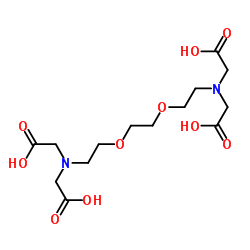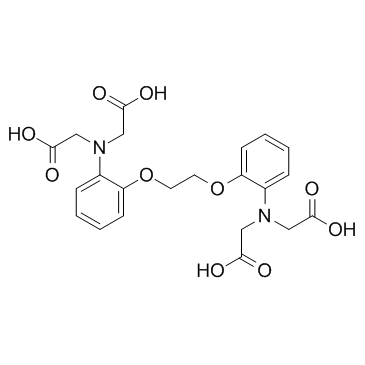| 结构式 | 名称/CAS号 | 全部文献 |
|---|---|---|
 |
3,6-二氧杂-1,8-辛二胺四乙酸(EGTA)
CAS:67-42-5 |
|
 |
1,2-双(2-氨基苯氧基)乙烷-N,N,N',N'-四乙酸
CAS:85233-19-8 |
|
 |
7S-NERVE GROWTH FACTOR, MOUSE
CAS:9061-61-4 |